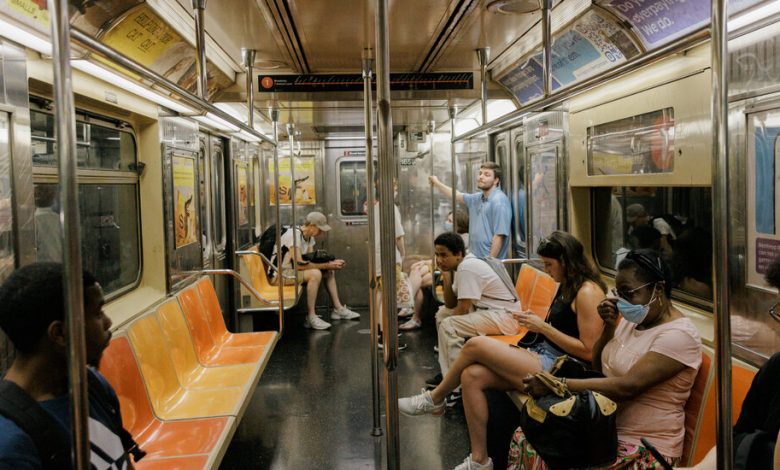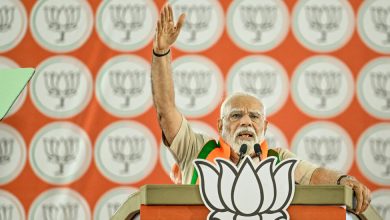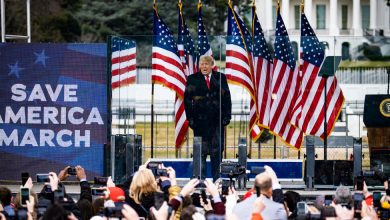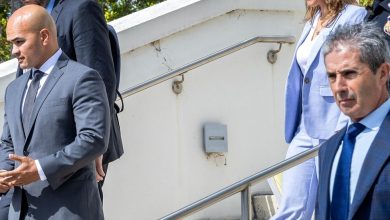How Billions of Dollars Might Upgrade New York City’s Subways

A long and expensive wish list to upgrade New York City’s subway system is about to get a multibillion-dollar investment from the state’s much-contested plan to toll drivers for entering Midtown Manhattan.
The congestion pricing program, which got crucial final approval from the federal government in June, would raise money while discouraging drivers from contributing to traffic and pollution by charging them a fee to enter south of 60th Street. Officials have said the tolls could begin as soon as spring 2024, although a legal challenge from New Jersey could threaten that timeline.
The tolls collected by the program would be used by the Metropolitan Transportation Authority, which runs the subway, to make changes to the city’s public transit network. By law, the authority can only use the funds to pay for capital projects, not operating costs.
The M.T.A. has not specified how it could spend congestion pricing proceeds. But the authority has identified goals in recent announcements as well as in its latest construction and renovation plan, which sets priorities for a span of five years ending in 2024 and could be updated.
Here are some renovations and expansions on the agency’s wish list for the subway, which has the highest ridership of any of its transit operations.
Signals
A primary driver for congestion pricing was the need for money to pay for crucial renovations to the subway’s aging signal system, which keeps trains moving.
An investigation by The New York Times revealed in 2017 how the needs of the subway were growing while city and state politicians steered money away from addressing them.
Century-old tunnels and track routes were crumbling, but The Times found that the M.T.A.’s budget for subway maintenance had barely changed, when adjusted for inflation, from what it was 25 years before. The system was in such disrepair that the governor declared a state of emergency over problems with crowding and reliability.
At the heart of the crisis, the Times investigation found, was a perennial lack of investment in tracks, trains and signals.
Elevators
The authority promised last year to add elevators and ramps to 95 percent of subway stations by 2055 as part of a settlement agreement in two class-action lawsuits over the issue.
Today, only 27 percent of the subway system’s 472 stations are accessible. A recent M.T.A. plan includes the addition of elevators and ramps to make 67 more stations accessible.
Platform barriers
After a woman was shoved to her death in front of a train at the Times Square station, transit officials agreed to test platform barriers relied upon around the globe to block access to tracks.
They had resisted calls to install them, insisting that engineering challenges would make them too difficult to install because the system operates different sizes of cars that would make it hard to properly line up the doors, among other complications.
A pilot program is limited to three stations but includes some platforms at the Times Square station, one of the busiest stops. Officials have said the experiment could lead to an eventual expansion.
Fare gates
To stop people from entering the subway without paying, M.T.A. officials have been testing tall, motorized plexiglass doors that are harder to get around than existing fare gates and turnstiles. The subway system lost $285 million to fare evasion last year, and the cost was $30 million higher on buses.
Transit systems in Amsterdam, Paris, San Francisco and New Jersey have installed fare gates resembling the ones that the M.T.A. is studying.
A report unveiled by the authority in May suggested that the M.T.A. is considering several variations of the doors, all of which are too high to jump over, too low to duck under and too strong to push open. The report recommended the top of the doors rise at least five feet above the ground while the bottom would have a gap of no more than six inches.
The report’s authors also told authority officials to consider installing sensors overhead that can detect an oncoming passenger and then adjust how the doors respond, such as by staying open longer if someone is approaching with a wheelchair, a stroller or a large suitcase.
Surveillance software
The authority has been using new software in cameras in stations to find places in the subway system where fare evasion is prevalent. Early results have revealed that more than half of subway fare evasion happens when people walk through emergency gates.
This surveillance software has been installed in at least seven stations to count the number of people who enter the system without paying. The fare evasion rate is then calculated by comparing the number of unpaid entries with the number of paid entries recorded by the subway’s billing system.
Authority officials said the software could help identify where and how people are committing fare evasion the most so law enforcement officials can concentrate efforts where they are most needed.
The M.T.A. is using several methods as alternatives to widespread policing after critics accused officials of unfairly targeting the city’s most vulnerable people.



